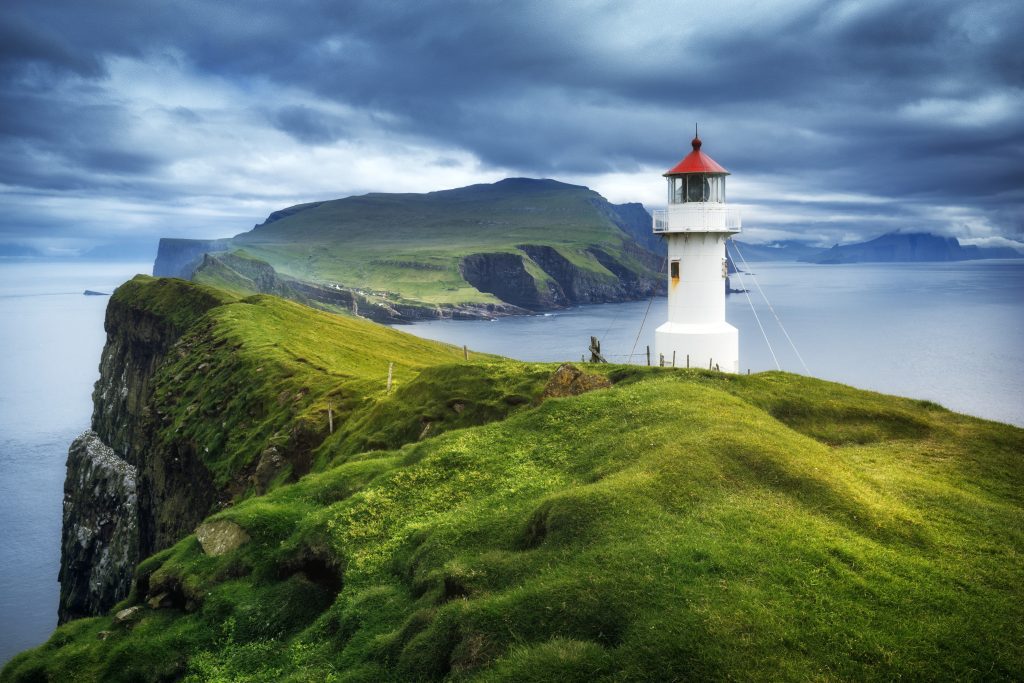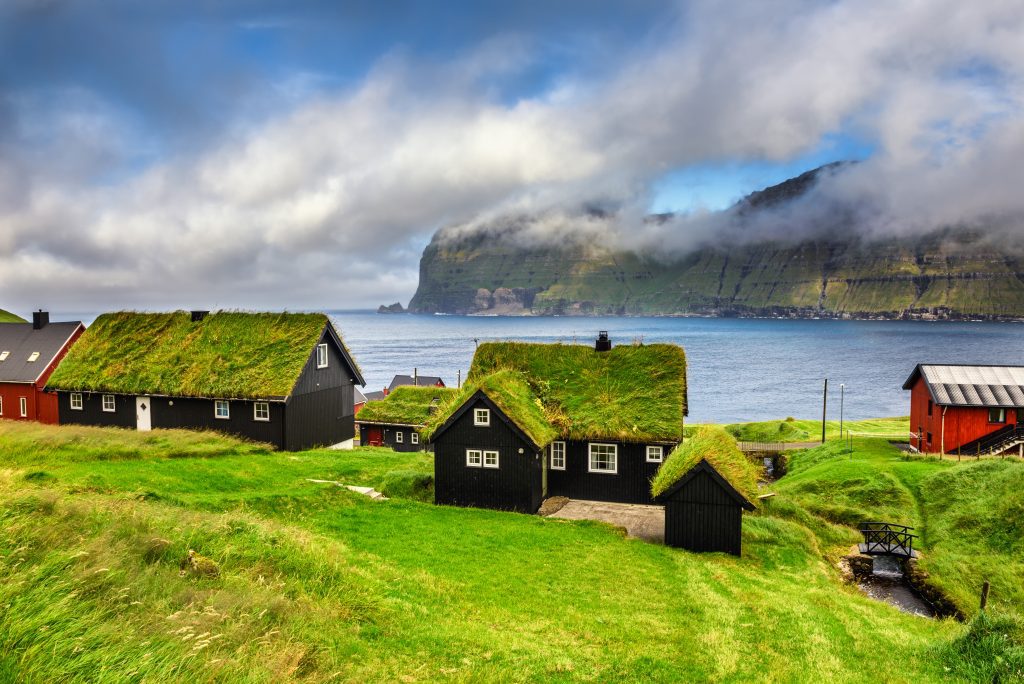Remarkable Facts You Should Know About Denmark’s Gorgeous Faroe Islands
The Faroe Islands are little-known to some, but the breathtakingly captivating self-governing territory in the North Atlantic Ocean should be on your must-visit places list. Politically, it is a part of Denmark where the 18 volcanic Faroes are tucked between Norway and Iceland. Nevertheless, it is separated by the fjords.
Except for Lítla Dímun, all the islands are inhabited with a population of no more than 50,000 people. And the best part is that all these people represent 80 remarkable distinctive nationalities. You will find sheep wandering around every 3 miles in the 18-island archipelago.

Also, there is traditional Faroese food, including fermented lamb, wind-dried fish, sheep’s head, and whales. This delectable menu is immensely appealing to all foodies and locals.
The steep cliffs, abundant hiking trails, and gushing waterfalls are what attract adventurers to the islands. Moreover, the islands host impressive colorful homes, quaint lush landscapes, and green grass stretching across the sea to the mountaintops.

And if the self-governed islands already seem attractive, then you must plan a visit to this place. But until then, hold onto your horses while you learn some interesting facts about this destination.
- Since the islands receive rain for around 300 days, most of the homes have grass or turf roofs. This provides excellent insulation and protects from the onslaught.
- Due to the frequent gales and strong winds, there are very few trees on the islands.
- The islands received independence for less than 11 days.
- There are not many fast-food joints on the islands.
- The population of men is much lower than that of women.
- The sheep and puffins vastly outnumber the human population.
- There are not more than three traffic lights on the entire island.
- There are no prisons on the islands.
The best part about the islands is the weather, as you can experience all four distinctive seasons in just a day.
